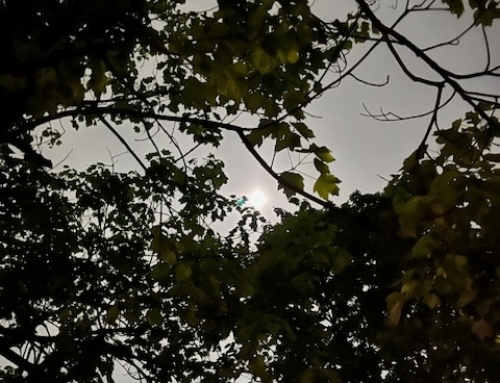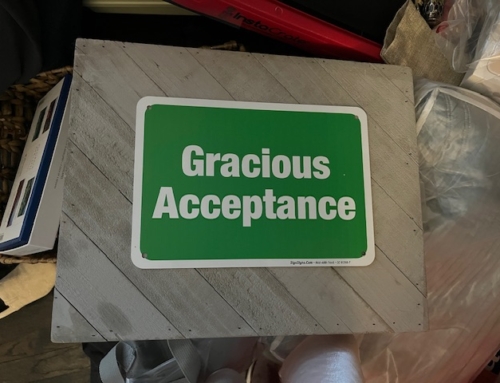Good morning…
Visiting my parents in Ohio, I enjoyed their pets. They have well stocked bird feeders outside their large front window and another feeder at the back of their home, a wall of three picture windows overlooking the park. Their pets are the various species of birds, coming and going all day, as well as the chipmunks and the squirrels who enjoy the fallen seed (acrobatic squirrels are a great source of laughter, jumping from the tree trunk, hanging upside down from the feeder, weaseling out fresh food intended for the birds). After the dog of my late teen years died several years back, my parents decided to put out extra bird feeders instead of getting another dog. “This is the best way to have pets,” my mom said this weekend. “We can enjoy them while we are here, but we don’t need to arrange for their care when we travel.”
One thing I learned from my bird watching parents is that some goldfinches are brown during the winter season, donning their lemon yellow suits for the spring mating season. No wonder goldfinches are popping up all around us this month, enjoyed out my friend’s window as she weathers her cancer treatments and snapped in fun photos at another friend’s kitchen feeder, spotted at the horse farm where I walk with friends several times each week and frolicking at my parents’ Berea, Ohio bird feeders. These yellow birds seem to have magically appeared out of nowhere, but actually the camouflaged brown birds have been with us all along; it is their yellow feathers that have recently emerged on spring wings.
Fascinated by this fact, I come home to google “How do brown finches turn yellow?” Here is the wisdom I glean: “Brown finches that turn yellow are American goldfinches. These 4- to 5-inch-long birds, with a wingspan of 7 to 9 inches, change from having dull winter feathers to brilliant breeding plumage in the spring. American goldfinches are unique in that all four subspecies molt in both spring and fall. In September, following the breeding season, American goldfinches shed their feathers completely. Males lose their canary yellow plumage. Their black wings and tails, marked with white bars, turn dull black, with buff-colored bars. They regrow dull, medium-brown or tan body feathers with an olive tinge and some yellow at the shoulders and face. They lose their black caps completely. In spring, American goldfinch males transform into breeding birds with brilliant lemon yellow feathers. Their bright white rumps, contrasting with their bright black and white wings and tails, are visible in flight. Males grow black caps as they adopt plumage designed to attract a female. Even their bills change from black to a brilliant orange for the breeding season. Females are a dull yellow-brown shade all year; their plumage does turn slightly more yellow after the spring shed.” (http://www.geeksofgardens.com/list_7646840_brown-finches-turn-yellow.html)
Just like American goldfinches, we naturally go through different phases in our faith life. Dull winter times. Brilliant breeding seasons. Times when we feel naked as our old faith is shed. Sometimes we seem to lose our faith caps completely. Many of us wear a consistent yellow-brown faith all year, turning slightly more colorful after a time of shedding. Yet, in whatever season of faith we find ourselves, our hidden inner being designed by our Creator always harbors words like regrow and transform, adopt and attract, contrasting colors, visible in flight.
Are not five sparrows sold for two pennies? Yet not one of them is forgotten by God. Indeed, the very hairs of your head are all numbered. Don’t be afraid; you are worth more than many sparrows. Luke 12:6-7 (NIV),
Sue





